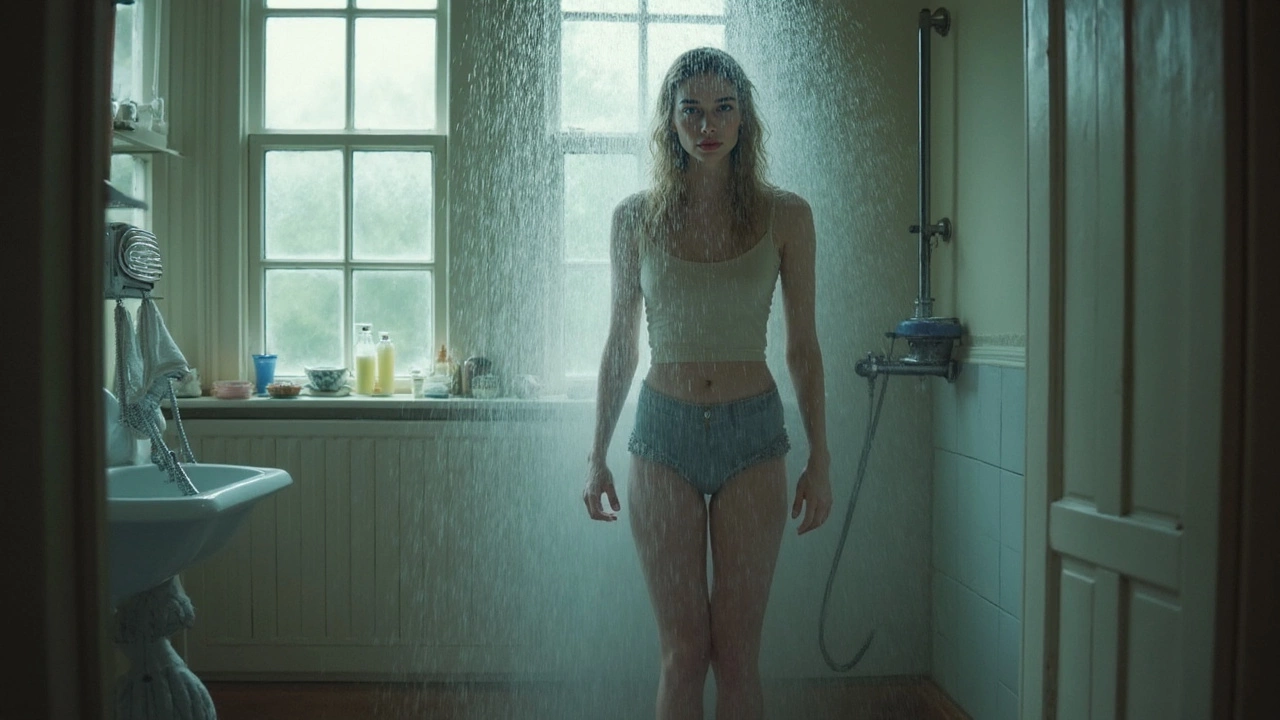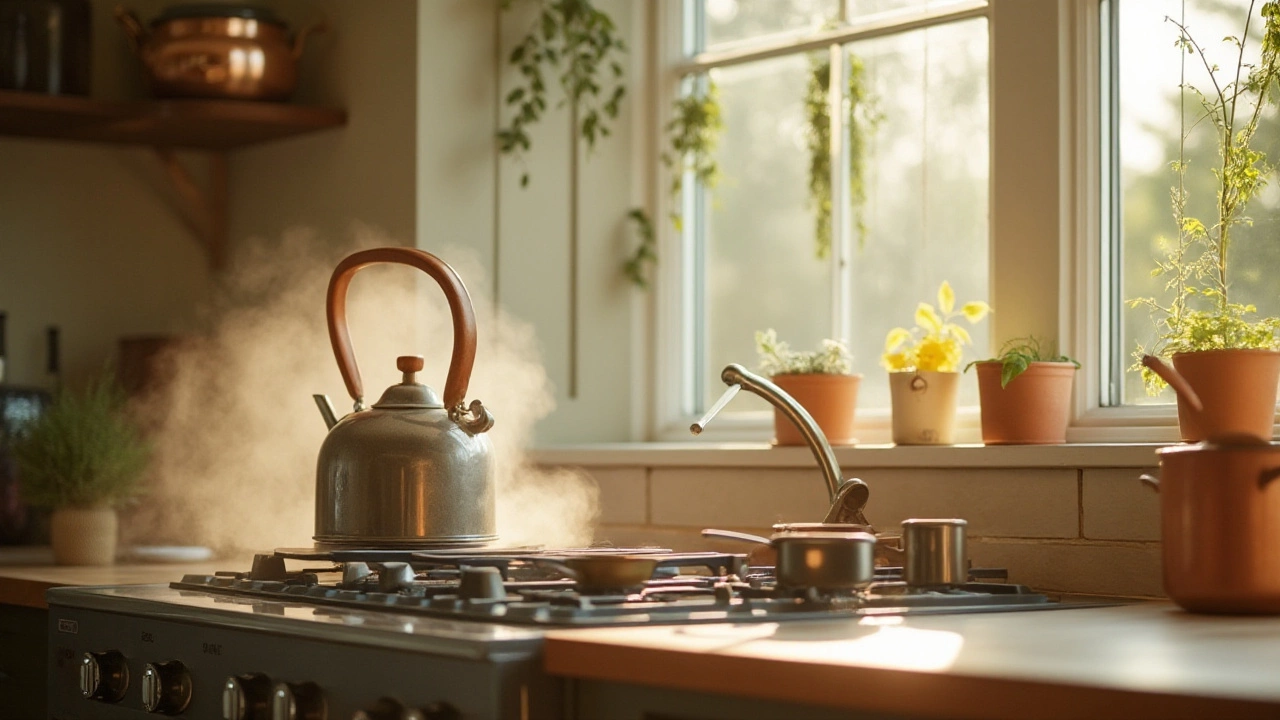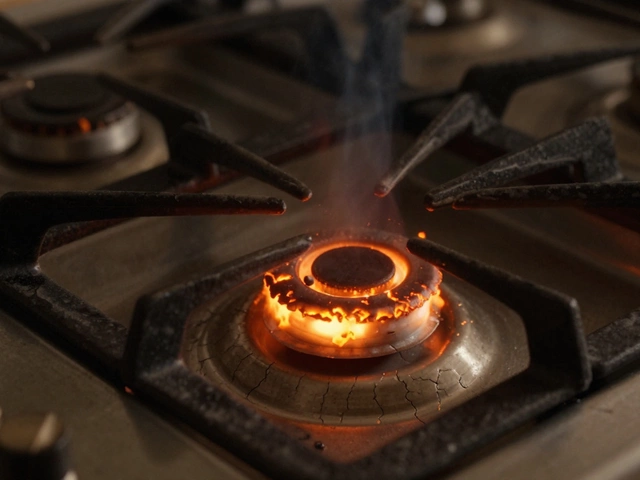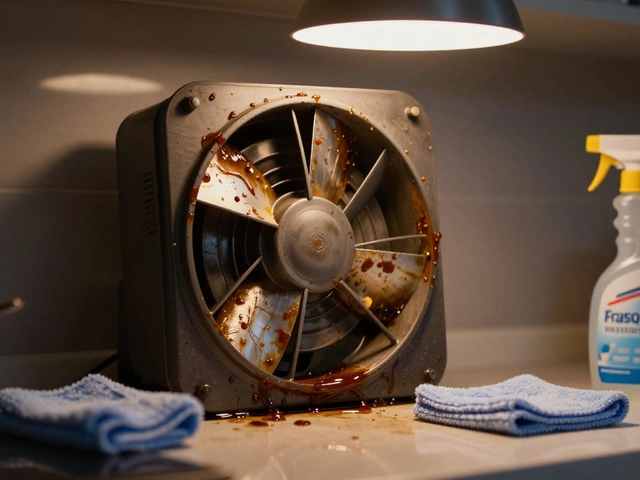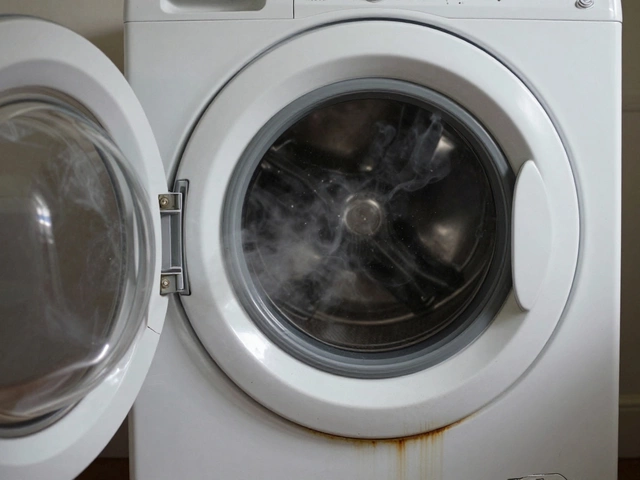Hot Water Problems: What’s Going Wrong and How to Fix It
Nothing messes up a morning like a cold shower. When the water heater quits or the reset button keeps tripping, the problem feels bigger than it is. Most hot‑water headaches come from three easy‑to‑spot causes: a broken thermostat, a trapped air pocket, or a simple reset issue. Knowing the signs saves time, money, and a lot of shivering.
Why Your Hot Water Might Fail
First, check the power source. Electric heaters need a solid 240‑volt supply; a tripped breaker or a loose connection can shut everything down. Gas units rely on a working pilot light or igniter – if you smell gas or hear a clicking that never lights, that’s your cue to call a professional. A third common culprit is sediment buildup at the bottom of the tank. Over time minerals form a crust that makes the heating element work harder, leading to overheating and a reset button that won’t stay in.
Another sneaky issue is a faulty pressure‑relief valve. If the valve leaks, the tank loses heat fast and you’ll get a cold splash every time you turn the tap. Listen for hissing or see water pooling near the valve; replace it and you’ve likely solved the problem.
Simple Steps to Fix Common Problems
Start with the reset button. Most modern heaters have a red button near the thermostat. Press it firmly for three to five seconds and wait a minute. If the heater fires up, you’ve cleared a temporary overload. If it trips again, move on to the next step.
Next, flush the tank. Turn off power or gas, close the cold‑water inlet, and attach a garden hose to the drain valve. Let water run until it’s clear, then fill the tank back up. This removes sediment and lets the heater work efficiently.
If you have an electric heater, inspect the heating elements with a multimeter. A reading of zero means the element is burnt out and needs swapping. For gas heaters, make sure the burner clears of debris and that the vent isn’t blocked.
When the water is lukewarm rather than hot, the thermostat may be set too low. Raise it a few degrees and give the tank an hour to catch up. If the temperature still stays low, the thermostat itself could be faulty – a quick replacement usually fixes the issue.
Don’t forget safety. If you smell gas, hear a loud hissing, or see water pooling around the heater, shut off the gas or electricity right away and call a qualified plumber. Trying to tinker with gas components without training can be dangerous.
Most hot‑water problems can be spotted with a quick visual check and a few simple actions. If you’ve tried the reset, flushed the tank, and still have cold water, it’s time to call Weymouth Appliance Repair Services. Our technicians know every make and model, and they’ll get your shower back to normal without breaking the bank.
Remember, regular maintenance – an annual flush and a quick thermostat check – stops most issues before they start. Keep a simple checklist, act fast when the water turns cold, and you’ll enjoy reliable hot water all year round.
Why Do I Have No Hot Water All of a Sudden? Top Causes and Quick Fixes
- Alden Wilder
- Apr 23 2025
- 0 Comments
Your shower suddenly blasts out freezing water instead of the usual cozy warmth—what gives? This article covers the most common reasons your hot water might vanish out of nowhere. You'll find straightforward troubleshooting steps, signs that signal a bigger problem, and when to call in a pro. Get real-world tips to get your hot water flowing again fast. Don’t let a cold shower ruin your day.
View MoreSolving Hot Water Issues: Kitchen vs. Bathroom Discrepancies
- Alden Wilder
- Jan 9 2025
- 0 Comments
Experiencing hot water only in certain parts of the house can be not only puzzling but also frustrating, especially when it disrupts daily routines. If your kitchen seems to have no problem with steaming hot water, but your bathroom remains freezing cold, a range of potential issues could be at play. From temperature settings to plumbing layout complexities, understanding the reasons behind this dilemma can empower homeowners to make informed decisions. Whether it's a simple fix or a call to a professional, addressing these problems promptly ensures comfort and efficiency in your home.
View More